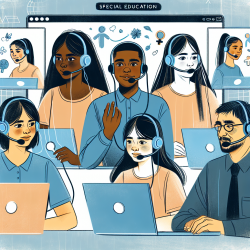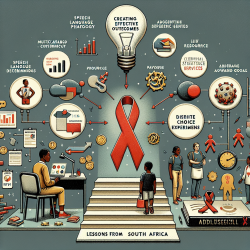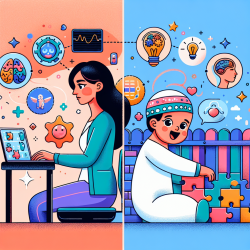Key Findings from the Study
The research identified three primary domains affecting doubly marginalized children:
- Increased Risk of Maltreatment: Five categories of children were identified as being at heightened risk, including those with disabilities, from low socio-economic backgrounds, living in rural areas, from migrant families, and belonging to minority communities.
- Mechanisms of Neglect: Unplanned, discriminatory, and inadequate actions by child protective services (CPS) exacerbated the risk of maltreatment.
- Exclusion from Services: Children were often excluded from policies and practices designed to protect them, compounding their vulnerability.
Practical Steps for Online Therapists
Online therapists can implement several strategies to better support doubly marginalized children:
- Adopt an Intersectional Approach: Understand and consider the multiple, overlapping identities of children (e.g., race, disability, socio-economic status) to tailor interventions effectively.
- Enhance Digital Accessibility: Ensure that online therapy platforms are accessible to children with disabilities, and provide resources to those lacking digital access.
- Focus on Family Dynamics: Address the broader family context, including parental stress and economic challenges, which can impact children's mental health.
- Collaborate with Schools and CPS: Work closely with educational institutions and child protective services to ensure a holistic approach to child welfare.
- Promote Safe Online Environments: Be vigilant about online risks such as cyberbullying and sexual exploitation, and educate children and families about safe internet practices.
Encouraging Further Research
While the study provides valuable insights, ongoing research is essential to adapt to evolving challenges. Practitioners are encouraged to stay informed about the latest findings and integrate evidence-based practices into their work.
To read the original research paper, please follow this link: Child protective services during COVID-19 and doubly marginalized children: International perspectives.










